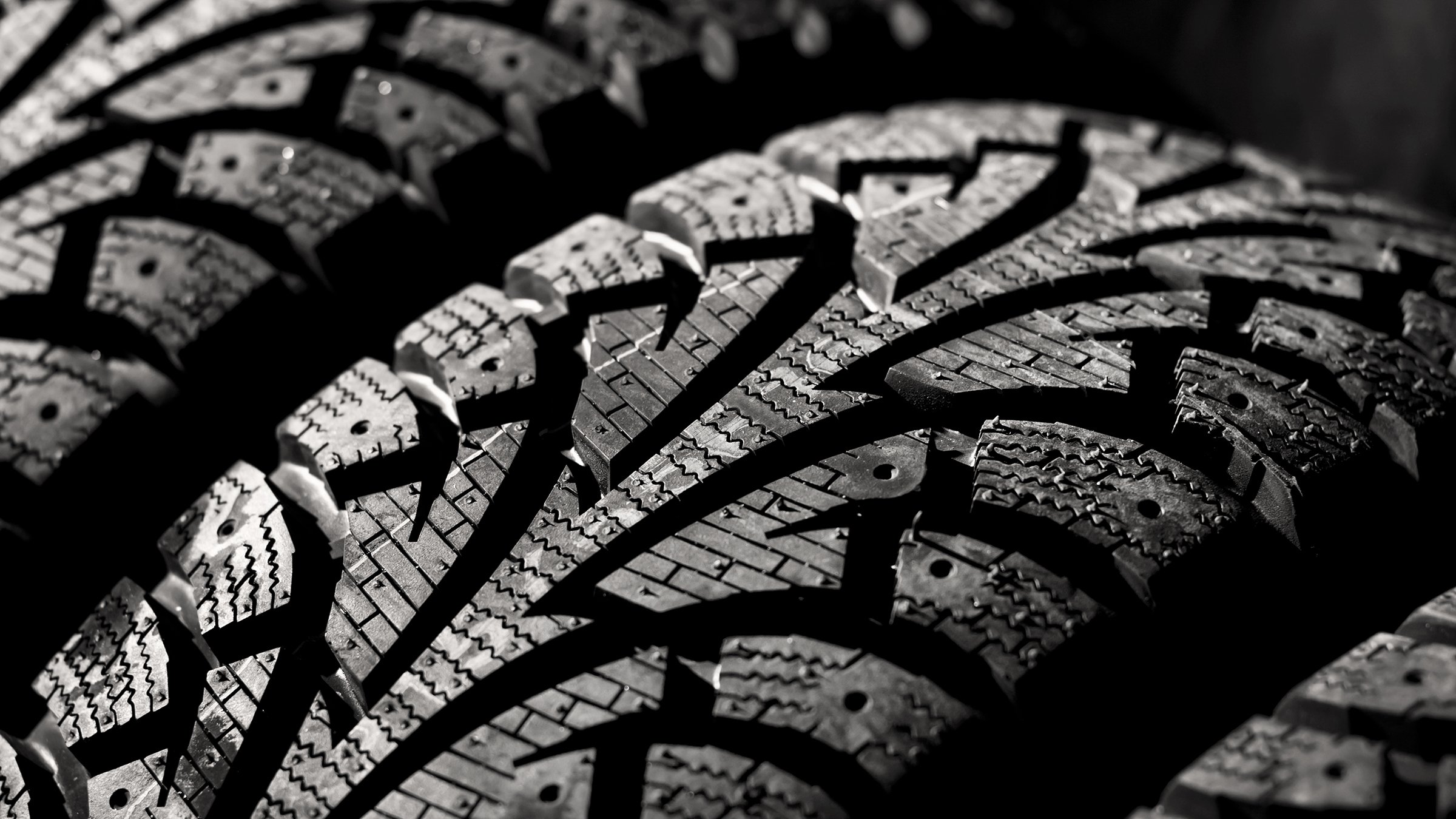The demand for tires is robust. That’s overwhelmingly good news for an industry that continues to rebound from COVID-19 manufacturing and supply chain disruptions.
But if you’re a tire manufacturer or machine builder, you know you face an increasingly complex landscape marked by diverse vehicle and material types – and greater performance expectations. Indeed, your ability to improve production flexibility and efficiency – and speed time-to-market – has likely never been greater.
To meet today’s challenges, more tire producers and machine builders are turning to digital twin technology. A digital twin is a dynamic digital replica of a tire, machine or production system that uses comprehensive data, analytics, simulations and emulations to deliver extraordinary insights – and optimize performance.
What Can Digital Twin Technology Do for You?
The way I see it, digital twins are making an impact in several spheres of tire manufacturing. The first is in the “pre-production” or tire design phase.
By using virtual models in place of costly and difficult physical experimentation and analysis, you can design and test new models faster – and with less risk. In fact, market leaders are seeing double-digit improvements across all areas of pre-production, from concept to launch.
For example, one tire producer uses digital twin emulation on unique material compounds to select the right one. Another changed from designing, building and testing physical prototypes to a faster, streamlined approach using digital twins and simulation.
Digital twin technology is having an equally transformational impact on plant operations that translates to a win-win scenario for both machine builders and manufacturers.
Creating More Value Across the Machine Sales Cycle
Recently, we have seen an uptick in the number of tire machine builders exploring digital twin technology. There’s a good reason why. Digital twins can drive differentiation, add real customer value – and potentially create new revenue streams across the machine sales cycle.
How? First, a digital twin is a powerful pre-sale tool. We all know that drawings and specifications can only go so far in showcasing a machine’s capabilities. The missing link is how that machine will work in a manufacturing environment – specifically – how that machine will work in your potential customer’s plant.
A digital twin of your machine can solve that riddle. Take a look at this example. The 3D model allows you to show your customer exactly how your machine will work in a virtual environment and as part of a line on your customer’s plant floor.
You can also showcase machine functionality remotely – and with the help of a mixed reality headset, your customer can interact with the virtual machine before the physical equipment is built.
In fact, as more manufacturers implement plant-level digital twins, they may request a digital twin of your machine as a "pre-sale" prerequisite to confirm specified operation in their environment.
Post-sale, a digital twin adds significant value by enabling “virtual commissioning.” In other words, before building a physical machine, you can test the controls against a digital model that will behave just like your real machine would. The result? Less on-site engineering and debugging – and substantially faster startup.
Digital twins are also powerful post-sale training tools that speed the learning curve by giving operators and maintenance workers “hands-on” experience with a virtual machine before the physical equipment is installed.
In addition, digital twins can add value – and revenue – when leveraged as part of a service offering.
Tire Manufacturers Can Pinpoint Plant Bottlenecks. Improve Scheduling.
Digital twins are also making a significant impact in tire production. Every tire manufacturer knows that minimizing bottlenecks is critical to optimizing operations. But identifying throughput obstacles across the entire manufacturing process is perplexing – and is especially troublesome in material handling and complex applications, such as tire assembly.
Here are a few questions that surface in many tire plants:
- Are bottlenecks in my plant the result of machine capacity issues – or material flow?
- Is there a better way to achieve optimal material flow throughout my plant?
- How can I minimize impact to the schedule when a piece of equipment goes down?
- What changes do I need to make to optimize throughput when running a new product?
With digital twins and simulation technology, you can answer these questions – and optimize throughput and material flow – faster and easier.
For many tire producers, the first step to better material flow is a better understanding of machine capacity across each process area. With digital twin software, you can use a virtual machine and plant model along with historical data, including the mean time between failure (MTBF) of equipment on your lines. Then, the software can simulate probable production disturbances to determine realistic throughput and potential bottlenecks.
Tire manufacturers are also leveraging digital twins and dynamic simulation to optimize scheduling across their plants. For example, one company trained a simulation model using data from production assets, the MES and historian. When a process disturbance occurs, such as equipment downtime, the system uses operational simulation to determine the optimal adjustments to minimize the downstream impact.
To speed time-to-market for new offerings, you can use digital twins to test the feasibility of running new designs on existing equipment – and the impact of machine and material flow changes. Using real-time simulation, the system can also determine what configuration changes are required to run a new product at optimal throughput.
But these are just a few ways digital twins are transforming the tire industry.


